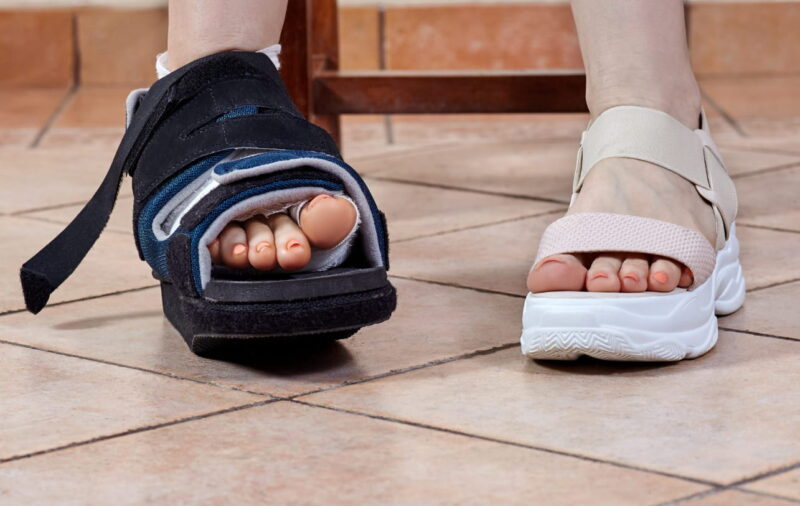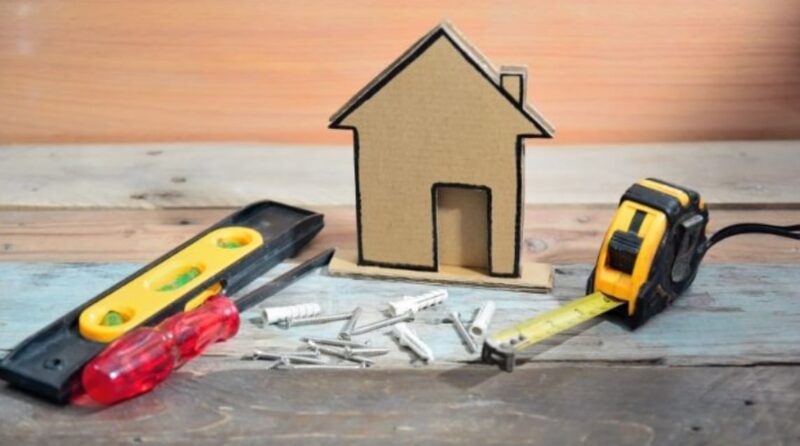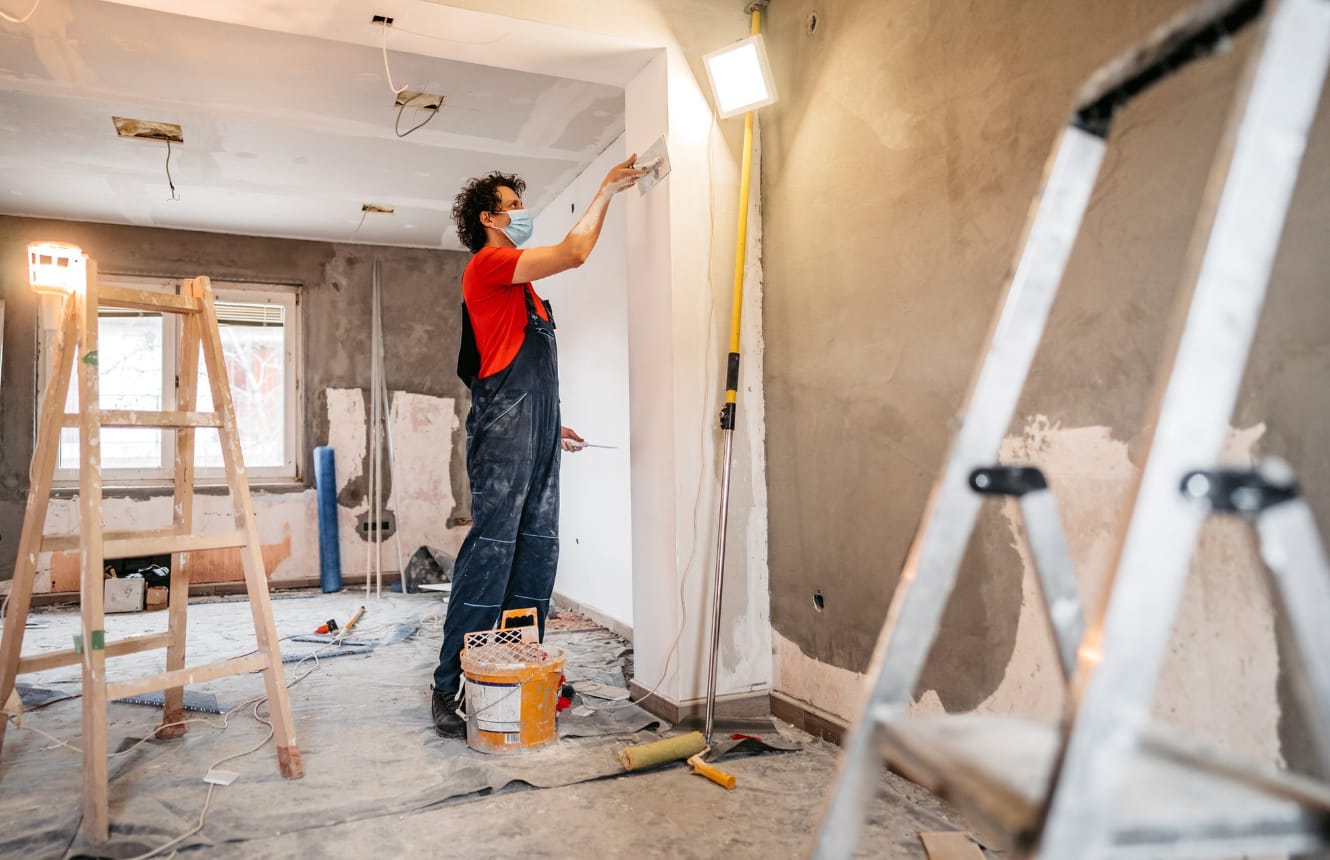Recovering from foot surgery can be challenging, especially when you have home repair projects waiting in the wings.
You might be tempted to jump back into your routine, but is it really safe? This blog explores the ins and outs of starting home repair projects post-surgery, ensuring you prioritize your health while keeping your home in tip-top shape.
Understanding Post-Surgery Limitations

Listen to Your Body and Your Doctor
After any foot surgery, like heel spur surgery, bunion surgery, or hammertoe surgery, your body needs time to heal. Recovery timelines vary based on the type of surgery and your overall health.
For example, bunion surgery recovery week by week looks different amongst individuals. Always follow your doctor’s advice and listen to your body. Ignoring these could lead to complications or delayed healing.
Common Post-Surgery Challenges
Post-surgery, you may experience swelling, pain, and limited mobility. These challenges can make even the simplest tasks difficult, much less tackling home repairs. It’s crucial to understand these limitations and plan accordingly.
The Importance of Patience
Patience is key during recovery. Trying to rush the healing process can lead to further injuries or setbacks. Take your time and ensure you’re fully ready before taking on any physical tasks.
Assessing Home Repair Projects
Safe vs. Unsafe Tasks
Not all home repair tasks are created equal. Light tasks like painting, organizing shelves, or small decorating projects might be manageable. However, avoid heavy lifting, climbing ladders, or any task that requires prolonged standing or walking.
Evaluate Physical Demands
Before starting any project, evaluate its physical demands. Can it be done while sitting? Does it require heavy lifting? Understanding these factors will help you choose projects that won’t jeopardize your recovery.
Know Your Limits
Recognize and respect your limits. If a project feels too strenuous, it’s better to postpone it or seek help. Your health is far more important than any home repair.
Planning and Preparation

Plan Ahead
Planning ahead can make any task more manageable. Create a step-by-step plan for your project, breaking it down into smaller, more achievable tasks.
Use the Right Tools
Using the right tools can significantly reduce physical strain. Invest in ergonomic tools that are easier to handle and less taxing on your body.
Prepare Your Environment
Ensure your workspace is safe and accessible. Clear any obstacles and organize your tools within easy reach to avoid unnecessary movement.
Practical Tips for Executing Projects
Take It Slow
Approach your home repair projects slowly and deliberately. Rushing increases the risk of injury and can hinder your recovery progress.
Take Regular Breaks
Frequent breaks are essential. Listen to your body and take a break whenever you feel tired or uncomfortable. This will help prevent overexertion.
Stay Hydrated and Nourished
Keep yourself hydrated and nourished. Proper nutrition and hydration can aid in your overall recovery, giving you the energy needed to complete tasks.
Alternative Solutions

Hire Professional Help
If a project seems too daunting, consider hiring professional help. It might be a bit more expensive, but it ensures the job gets done without risking your health.
Seek Assistance from Friends and Family
Don’t hesitate to ask friends and family for help. They can assist with more strenuous tasks, allowing you to focus on lighter projects.
Explore DIY Alternatives
Look for DIY alternatives that require minimal effort. For example, instead of painting an entire room, consider adding decorative decals or wallpaper.
Final Thoughts
Recovering from foot surgery, such as bunion surgery, requires patience and careful planning, especially when considering home repair projects.
Always prioritize your health and follow your doctor’s advice. Assess the physical demands of each project, plan meticulously, and take it slow.
Consider alternative solutions like hiring professionals or seeking help from loved ones if necessary. Remember, your well-being is more important than any repair job. If you’re unsure about your capabilities, consult with a professional to ensure you’re making the best choices for your recovery!
